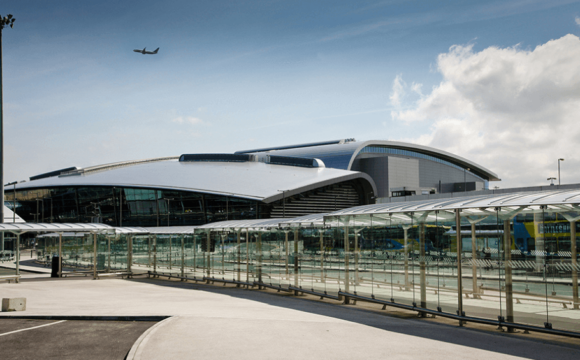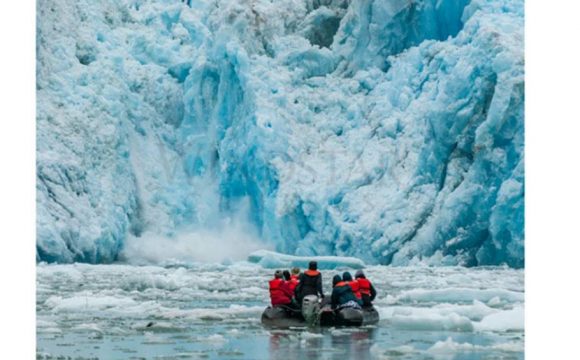Mexico has transformed a federal prison island off its Pacific Coast into a nature reserve. Marias Islands, a UNESCO biosphere reserve, located 60 miles off the coast of San Blas in Riviera Nayarit will be open to visitors from July 2021.
The islands offer great biological diversity due to the area’s isolation and a lack of sustained human interference.
The federal prison located on Maria Island Madre has undergone extensive renovations to become an education centre promoting understanding, respect, and protection of the biodiversity of Mexico.
The Mexican government is working to update regulations that will allow for sustainable tourist activities on the islands, which will both respect the native ecosystem and empower the local community.
The Marias Islands offer great biological diversity, due to the area’s isolation and minimal human interference and were declared a Biosphere Reserve by UNESCO in 2010. The pristine archipelago was mostly uninhabited except for Maria Madre island, which housed a federal prison from 1905 until 2019. Since its closure, the building has undergone extensive renovations to become an education centre that promotes biodiversity conservation. The Centre for Environmental and Cultural Education “Muros de Agua – José Revueltas” (Water Walls – José Revueltas) is a project that looks to promote understanding, respect and protection of the biodiversity and the natural, social, and cultural heritage of our country.
“We are excited about this new development that will enhance Riviera Nayarit’s eclectic offering and continue to solidify our commitment to providing responsible and sustainable travel experiences” said Marc Murphy, Managing Director of the Riviera Nayarit Convention and Visitors Bureau (CVB) “The Marias Islands will offer visitors increased opportunities to enjoy our unparalleled natural beauty, and an exceptional chance to be part of history in the making, as we transform a penitentiary into an educational centre”.
The Marias Islands, a UNESCO Biosphere Reserve
The largest island in the archipelago is María Madre, followed by María Magdalena, María Cleofas, and the islet of San Juanito. Besides being the largest, María Madre is the only one that is inhabited and the site of the Islas Marías Federal Penal Colony, established in 1905 until its closure in 2019.
A paradise for birdwatchers, the Marias Islands are home to the Tres Marias Amazon, an endemic parrot that cannot be found anywhere else in the world. Other birds include blue-footed boobies, blue mockingbirds, broad-billed hummingbirds, and migratory birds such as the hook-billed kite, Caspian tern and blue-winged teal.
Divers and snorkellers will appreciate the diversity of marine life, with coral reefs, an abundance of colourful mollusks, more than 21 shark species and 10 different varieties of rays. The islands are the ideal starting point or stopover for whale watching expeditions. The Marias Islands are also perfect for surfing and other water sports. Hammerhead beach on Maria Cleofas Island has a consistent break ideal for surfing, and San Juanito Island has one of the longest waves in Latin America.
Riviera Nayarit is full of stunning natural scenery. From its vast coastlines to its extraordinary mountains and lush forests, the region manages to stand out as one of the most spectacular places to visit in Mexico.
















